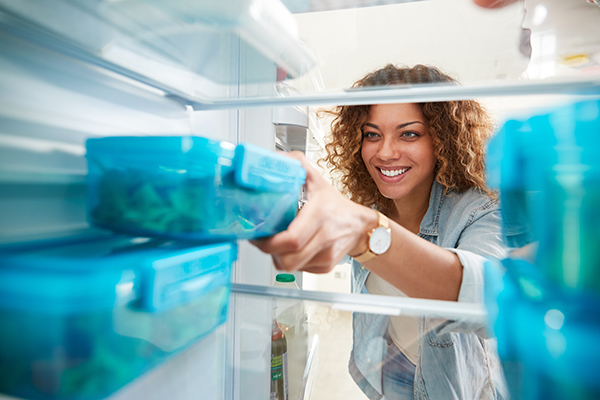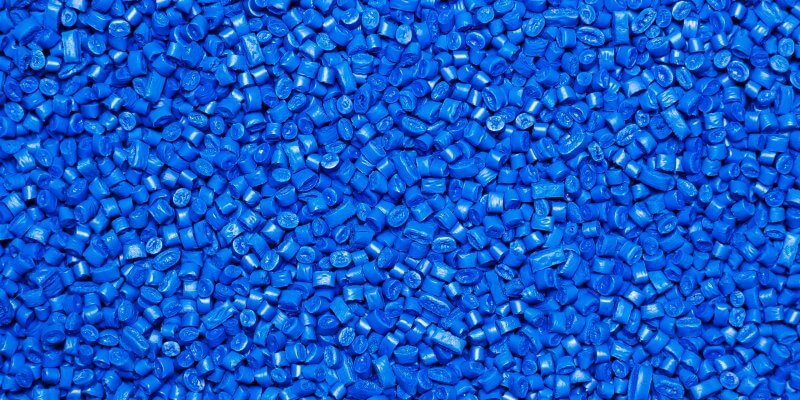Not All Plastics Are the Same
From milk jugs to yogurt cups, the plastics in your pantry serve different purposes, and they’re not all created equal. Some are meant to handle heat or long-term food contact. Others? Not so much.
But here’s something moms should know:
The U.S. Food and Drug Administration (FDA)[1] requires rigorous testing before any plastic touches your food. This includes:
- Chemical composition
- Potential for leaching
- Toxicity and breakdown under real-life conditions
- Migration limits (how much of any compound could actually enter your food)
The standard? Extensive substantial scientific data to demonstrate safety. Only substances with data supporting their safety for their intended use are permitted to be marketed.
So… Is Plastic Packaging Safe?
When used as directed, food-grade plastic containers have been shown to be safe. Each number represents a different type of plastic resin. Some are more commonly recycled, others are more heat-resistant, and all of them are permitted to be marketed for food contact.
Here’s a quick guide:
- #1 – PET (Polyethylene Terephthalate):Found in water bottles, salad dressing containers, and peanut butter jars. Lightweight and impact-resistant but not meant for reuse.
- #2 – HDPE (High-Density Polyethylene):Used in milk jugs and juice bottles. Strong and opaque.
- #3 – PVC (Polyvinyl Chloride):Used in shrink wrap and blister packs. Contains chlorine and is chemically resistant.
- #4 – LDPE (Low-Density Polyethylene):Found in bread bags and produce bags. Flexible and heat-resistant, but not always recyclable curbside.
- #5 – PP (Polypropylene):Used in yogurt containers and syrup bottles. High melting point, often microwave-safe.
- #6 – PS (Polystyrene):Think foam cups and takeout containers.
- #7 – Other:A catch-all for mixed or newer plastics like polycarbonate or bioplastics. This category includes BPA-containing plastics.
And What About BPA, Phthalates, and “Toxins”?
Moms should be asking questions, but they should also know what regulatory bodies have said:
- Current exposure levels of BPA are far below what science considers harmful. Where it’s still used, the FDA and international bodies have concluded that exposure levels are hundreds to thousands of times below regulatory limits.[2]
- Phthalates are a diverse group of compounds, and phthalate use in food packaging is limited in the United States. Four phthalates remain authorized for food additive use by FDA – DINP, DIDP, DCHP, and DEHP.[3] Other regulatory bodies around the world that have perform studies that showed the safety of DINP and DIDP in food contact applications include the European Food Safety Authority (EFSA), the Food Safety Authority of Ireland (FSAI), Food Standards Australia and New Zealand (FSANZ), the New Zealand Ministry of Primary Industries (MPI), and the UK Food Standards Agency (FSA).
- The word “toxin” gets thrown around a lot online. But what really matters is exposure, dosage, and actual risk.




